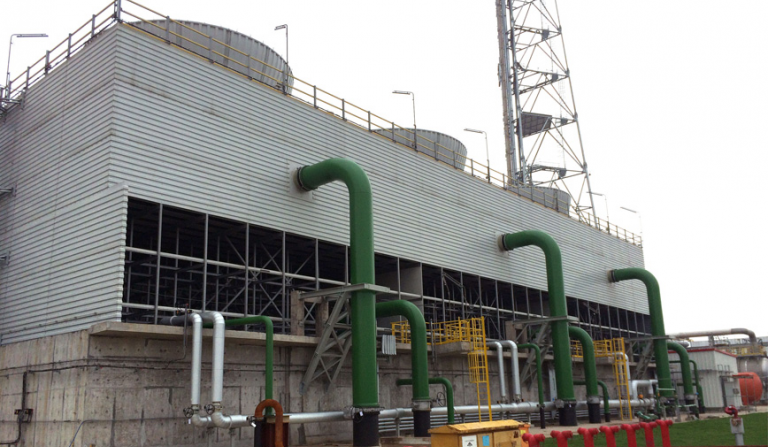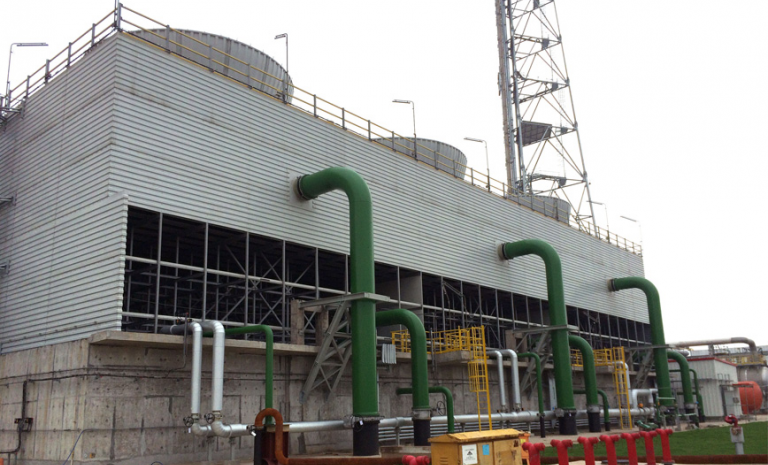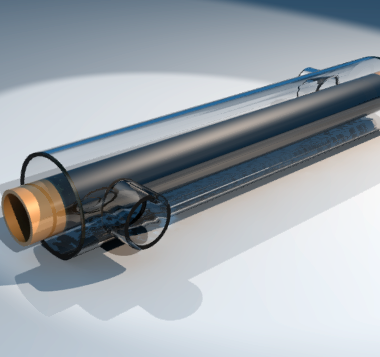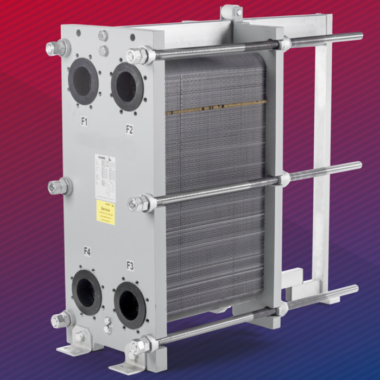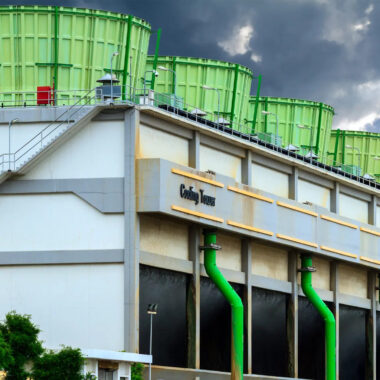Multi-Cell FRP Cooling Towers
Multi-Cell FRP Cooling Towers
Multi-cell FRP (Fiberglass Reinforced Plastic) cooling towers are advanced cooling tower systems planned to supply productive heat dissipation for industrial and commercial applications. These cooling towers consist of multiple cells, each containing a arrangement of heat exchange components, such as fill media and fan assemblies, to enhance cooling performance. Here are a few key features and benefits of multi-cell FRP cooling tower:
1) Modular Design:
Multi-cell FRP cooling tower are planned with a modular structure, allowing for simple expansion and customization based on cooling prerequisites. Extra cells can be included as required to accommodate growing cooling loads, making them highly adaptable to changing operational needs.
2) Improved Cooling Capacity:
By incorporating different cells, these cooling towers offer increased cooling capacity compared to single-cell units. The parallel operation of different cells enables efficient heat dissipation and improved thermal performance, making them suitable for high-demand applications.
3) Redundancy and Reliability:
Multi-cell configurations give redundancy in cooling capacity, ensuring continuous operation indeed if one cell undergoes support or experiences issues. This redundancy improves system reliability and minimizes downtime, basic for continuous industrial processes.
4) Energy Efficiency:
Multi-cell FRP cooling towers are prepared with energy-efficient components, such as high-efficiency fan motors and variable frequency drives (VFDs), to optimize energy usage. By controlling fan speed based on cooling demand, these towers reduce energy consumption and operating costs.
5) Compact Footprint:
Despite their multi-cell plan, FRP cooling towers include a compact footprint, making them suitable for installations with restricted space accessibility. The modular layout allows for productive use of space whereas maintaining accessibility for support and service tasks.
6) Corrosion Resistance:
FRP construction gives excellent corrosion resistance, ensuring long-term durability and unwavering quality in harsh operating environments. The fiberglass material is resistant to corrosion from chemicals, dampness, and UV exposure, prolonging the benefit life of the cooling tower.
7) Low Maintenance Requirements:
Multi-cell FRP cooling towers require minimal support due to their corrosion-resistant construction and measured plan. Routine inspections, cleaning, and preventive maintenance tasks can be effectively performed to ensure optimal performance and longevity.
8) Customization Options:
These cooling towers offer different customization choices, including different cell configurations, fill media types, fan arrangements, and control systems. This permits for tailored solutions to meet specific cooling requirements and operational preferences.
9) Environmental Sustainability:
FRP cooling towers are environmentally friendly alternatives to traditional metal towers, as fiberglass could be a recyclable fabric with a low environmental impact. Additionally, their energy-efficient operation contributes to decreased carbon emissions and energy consumption.
Overall, multi-cell FRP cooling towers offer proficient, reliable, and customizable cooling arrangements for a wide extend of industrial and commercial applications. With their modular plan, energy-saving highlights, and corrosion-resistant construction, these cooling towers are well-suited for requesting cooling requirements while promoting sustainability and cost-effectiveness.
